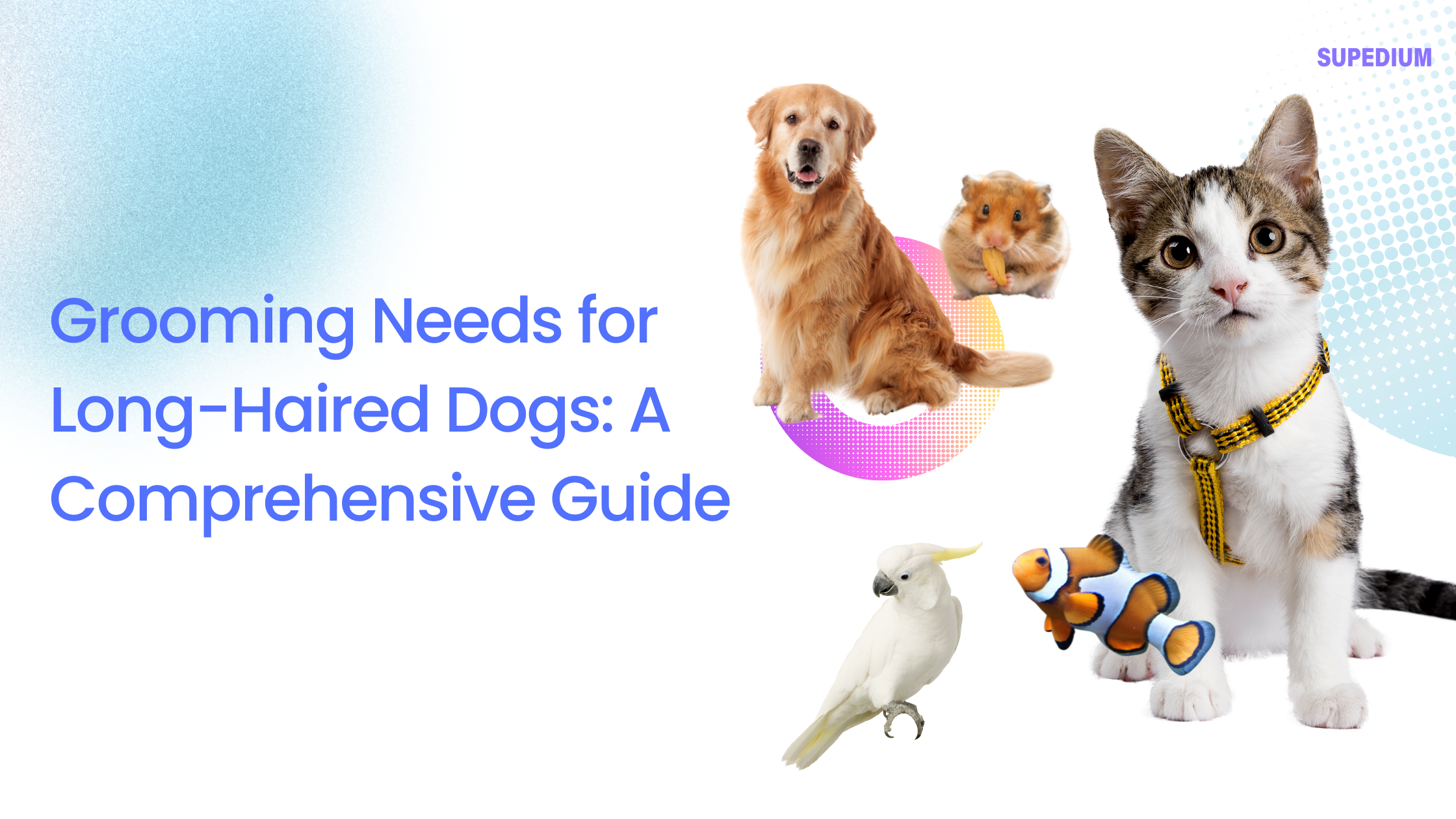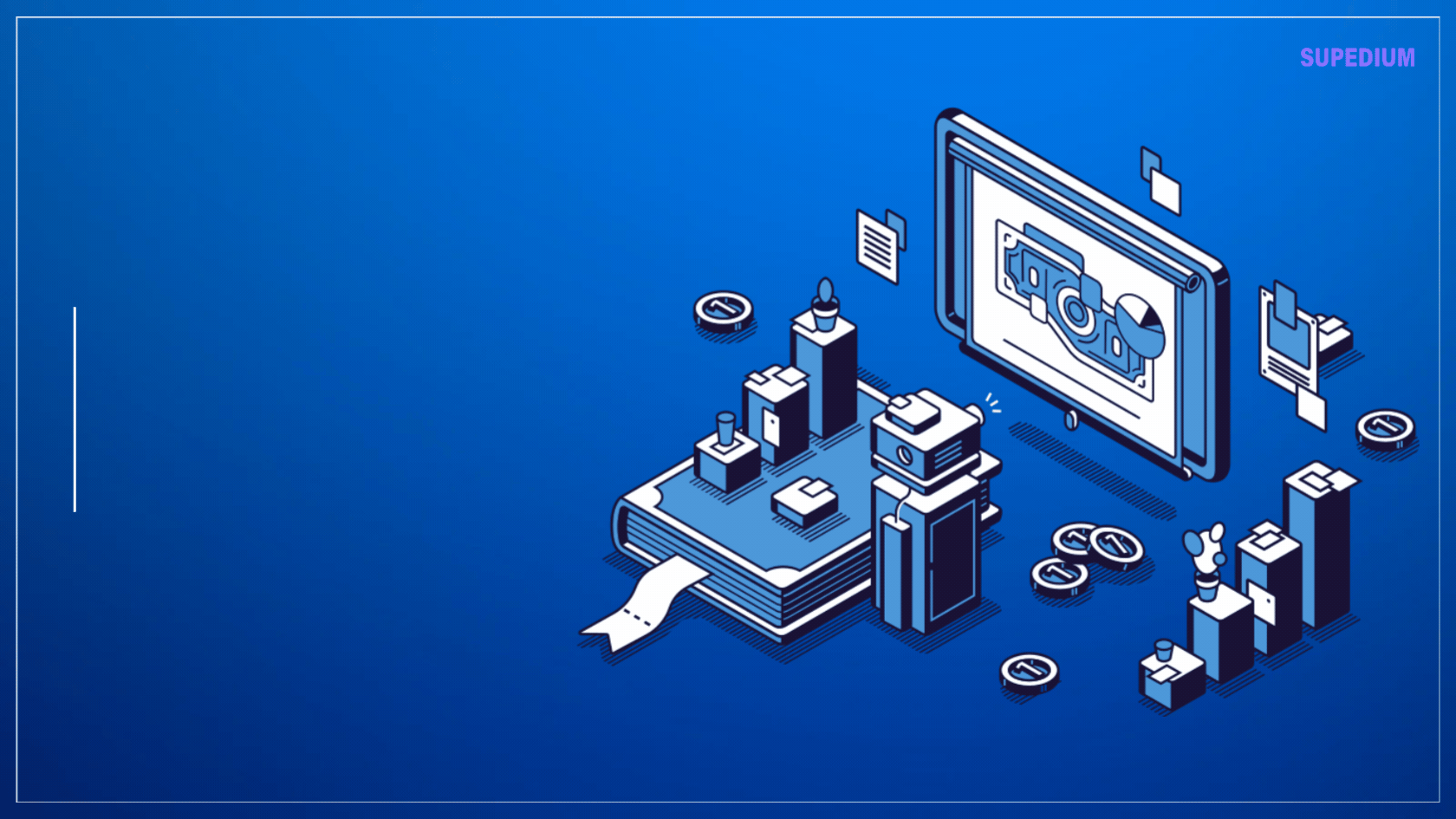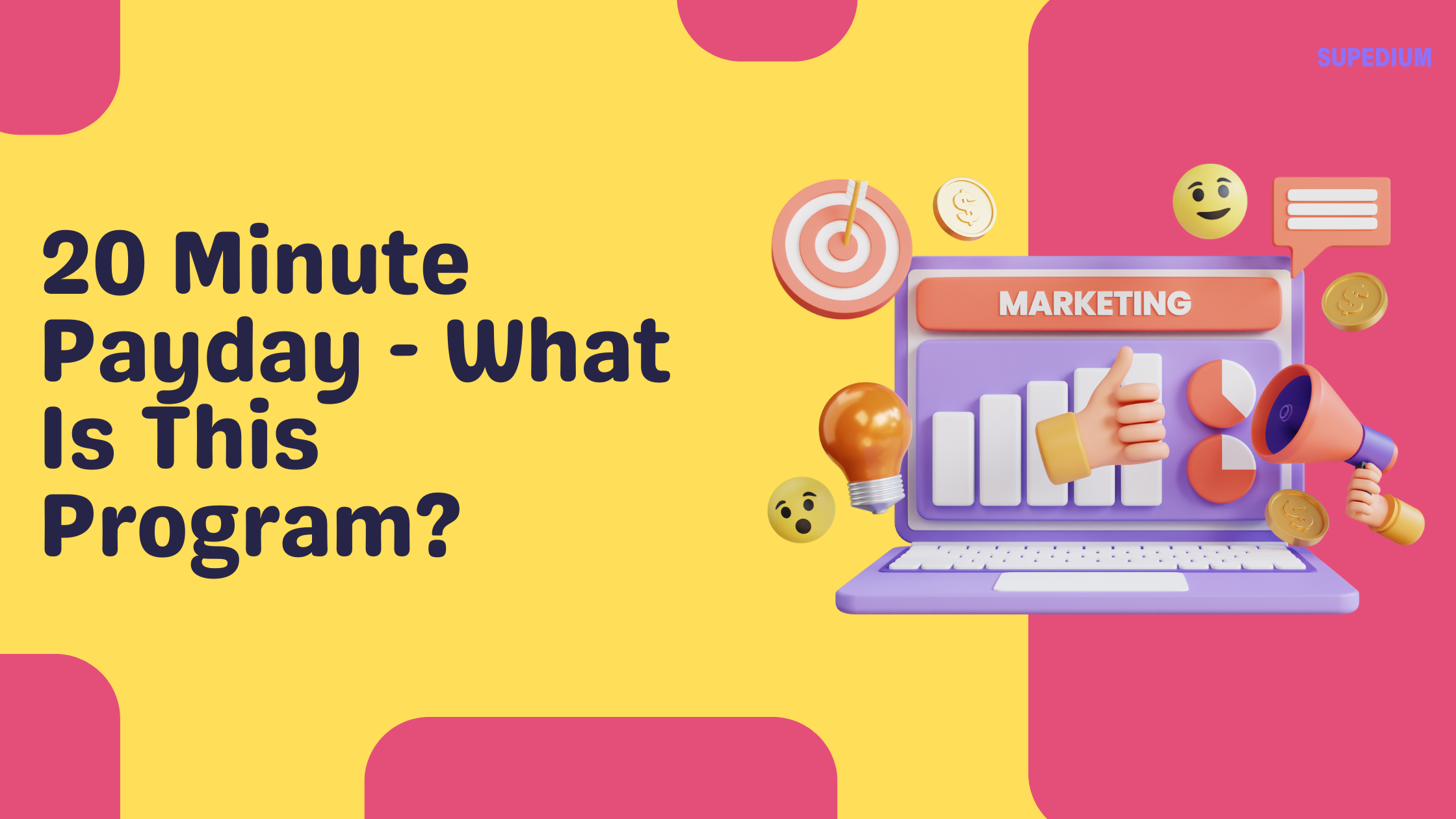Table of Contents
![]()
Grooming is a crucial aspect of caring for any dog, but it takes on special importance when it comes to long-haired breeds. Proper grooming not only keeps your dog’s coat looking beautiful but also helps maintain their overall health and comfort. This article delves into the essential grooming needs for long-haired dogs, from choosing the right tools to understanding common grooming issues and professional versus DIY grooming.
Essential Grooming Tools and Products
1. Brushes and Combs
For long-haired dogs, the right brushes and combs are fundamental. Different tools cater to different needs:
- Slicker Brushes: Ideal for removing loose hair and detangling. The fine wires help prevent mats and tangles.
- Pin Brushes: Equipped with longer pins, they are perfect for brushing through the coat without causing damage.
- Bristle Brushes: Useful for smoothing the coat and adding shine.
Combs also play a vital role:
- Wide-Tooth Combs: Effective for detangling and removing mats.
- Fine-Tooth Combs: Best for finishing touches and detailed grooming, especially around the face and ears.
2. Shampoos and Conditioners
Long-haired dogs benefit from high-quality shampoos and conditioners tailored to their specific needs:
- Moisturizing Shampoos: Help prevent dryness and maintain coat health.
- Hypoallergenic Shampoos: Ideal for dogs with sensitive skin or allergies.
- Conditioners and Detangling Sprays: Aid in reducing tangles and making brushing easier.
3. Scissors and Clippers
Maintaining a long-haired dog’s coat may require trimming and shaping:
- Grooming Scissors: Includes straight scissors for general cutting, curved scissors for shaping, and thinning scissors for reducing bulk.
- Clippers: Choose clippers with adjustable blades for different coat lengths and styles.
4. Nail Trimmers and Ear Care Tools
Proper nail and ear care is essential for overall grooming:
- Nail Trimmers: Guillotine-style and scissor-style trimmers are commonly used. Regular nail trimming prevents discomfort and health issues.
- Ear Cleaning Solutions: Use dog-specific cleaners and cotton pads to prevent infections and maintain ear health.
Regular Grooming Practices
1. Brushing and Combing
Regular brushing and combing are vital for long-haired dogs to prevent mats and tangles:
- Frequency: Ideally, brush daily or at least several times a week to keep the coat free from knots.
- Techniques: Use gentle strokes to avoid hurting your dog. Start from the base of the coat and work your way out to the tips.
2. Bathing
Bathing helps keep your dog’s coat clean and healthy:
- Frequency: The need for bathing varies based on the dog’s lifestyle and coat condition. Generally, once a month is sufficient.
- Techniques: Wet the coat thoroughly, apply shampoo, and lather well. Rinse completely to avoid residue. Ensure the coat is fully dry before allowing your dog outside.
3. Trimming and Cutting
Trimming helps maintain a manageable coat length and can also be necessary for certain styles:
- Types of Trims: Includes practical trims for everyday life and more elaborate cuts for shows or breed-specific standards.
- Safety Tips: Use sharp scissors and avoid cutting too close to the skin. If unsure, seek professional assistance.
4. Nail Care
Regular nail trimming prevents overgrowth and associated health issues:
- Frequency: Check nails weekly and trim as needed.
- Techniques: Trim a small amount at a time to avoid hitting the quick. If unsure, consult a veterinarian or groomer.
5. Ear Cleaning
Regular ear care is crucial for preventing infections:
- Frequency: Clean ears as needed, typically every few weeks.
- Methods: Use a dog-specific ear cleaner and a cotton pad to gently clean the ear canal. Avoid inserting anything deep into the ear.
Addressing Common Grooming Issues
1. Mats and Tangles
Mats and tangles can cause discomfort and skin issues:
- Causes: Often result from inadequate brushing or moisture trapped in the coat.
- Prevention and Techniques: Regular brushing and using detangling sprays can prevent mats. For severe tangles, use a mat splitter or seek professional help.
2. Skin and Coat Problems
Long-haired dogs may face various skin and coat issues:
- Common Problems: Dry skin, hotspots, and excessive shedding.
- Treatment Options: Use moisturizing shampoos, maintain a balanced diet, and consult a vet for persistent issues.
3. Eye and Ear Health
Eye and ear health is integral to overall grooming:
- Common Issues: Tear staining and ear infections.
- Care: Regularly clean around the eyes and ears. If you notice unusual discharge or odor, consult a veterinarian.
Professional Grooming vs. DIY Grooming
1. When to Seek Professional Help
Some grooming tasks may be best handled by professionals:
- Complex Tasks: Show cuts or severe matting often require expertise.
- Health Concerns: Professional groomers are trained to identify health issues that may not be obvious to the owner.
2. Benefits of Professional Grooming
Professional groomers bring experience and can handle difficult grooming tasks:
- Expertise: They are skilled in breed-specific styles and techniques.
- Convenience: Saves time and ensures a high-quality result.
3. Tips for DIY Grooming
If you prefer grooming at home, follow these tips:
- Basic Skills: Learn essential grooming techniques and invest in quality tools.
- Grooming Station: Set up a comfortable and well-lit space for grooming.
Grooming and Health Considerations
1. Impact on Health
Regular grooming contributes to your dog’s overall health:
- Benefits: Helps detect health issues early, such as lumps or skin infections.
- Importance: Regular grooming supports your dog’s comfort and well-being.
2. Preventive Measures
In addition to grooming, other factors play a role in maintaining health:
- Vet Check-ups: Regular visits help monitor your dog’s health and address any concerns.
- Balanced Diet and Hydration: Essential for a healthy coat and skin.
Conclusion
Grooming long-haired dogs involves a combination of proper tools, techniques, and regular care. By understanding the grooming needs specific to long-haired breeds and addressing common issues, you can keep your dog’s coat in top condition and contribute to their overall health. Whether you choose to groom your dog at home or seek professional help, maintaining a consistent grooming routine will ensure your long-haired companion remains happy and healthy.
Share This





Be the first to comment